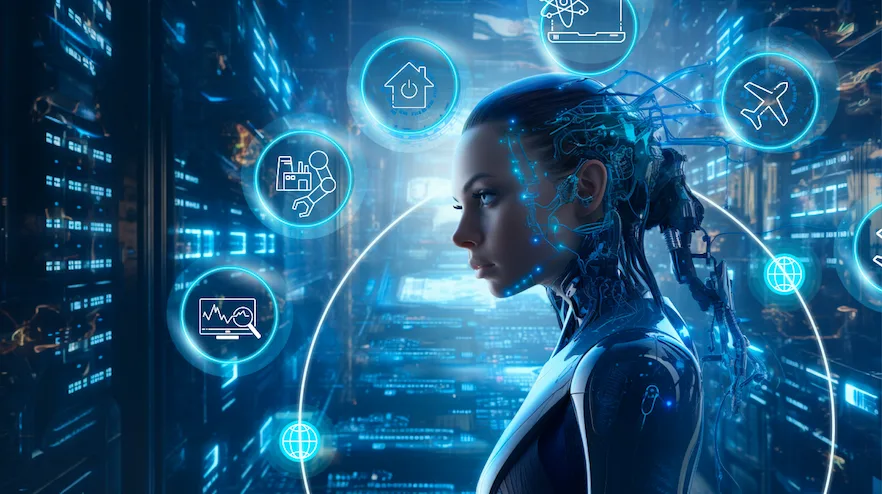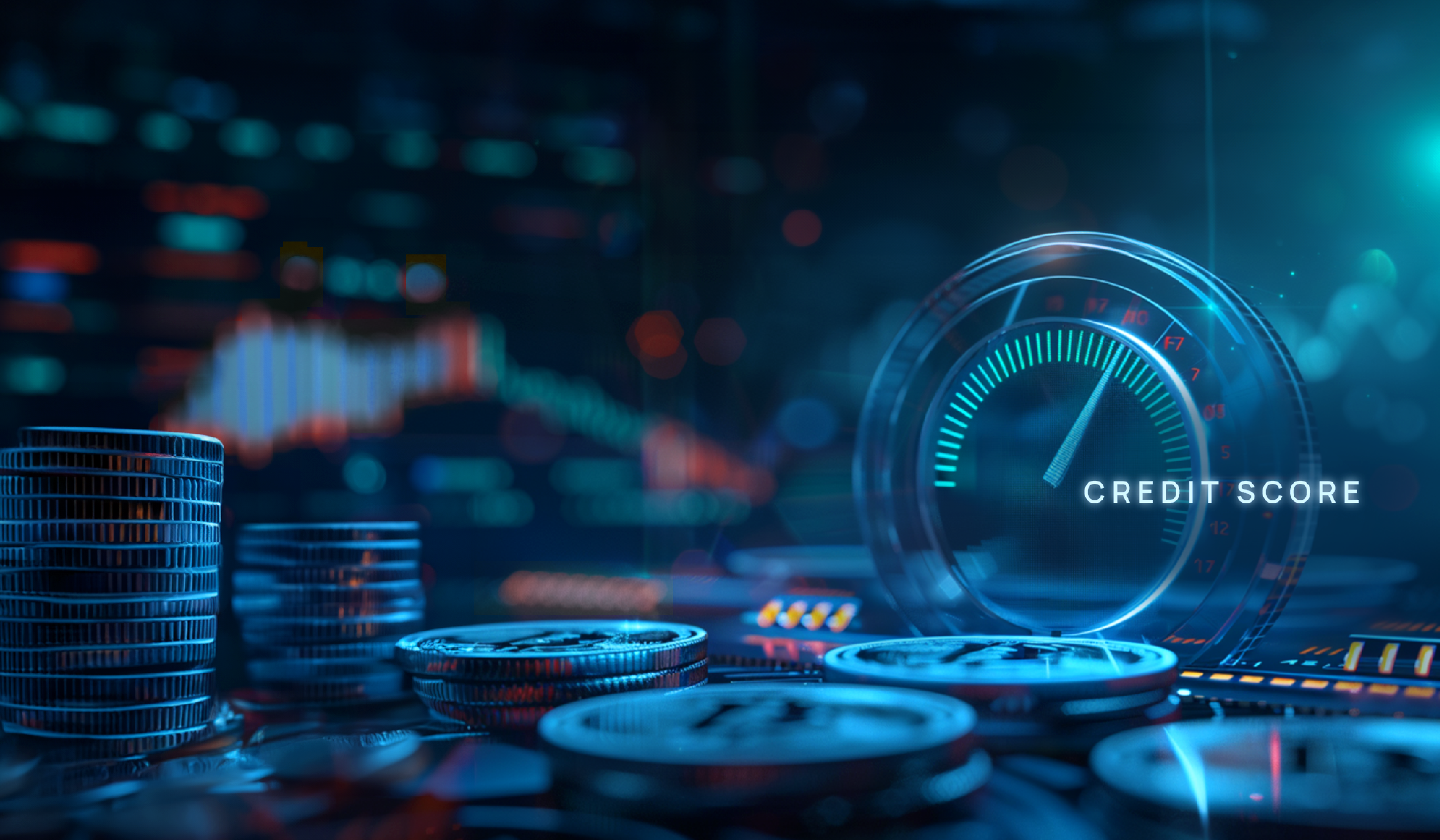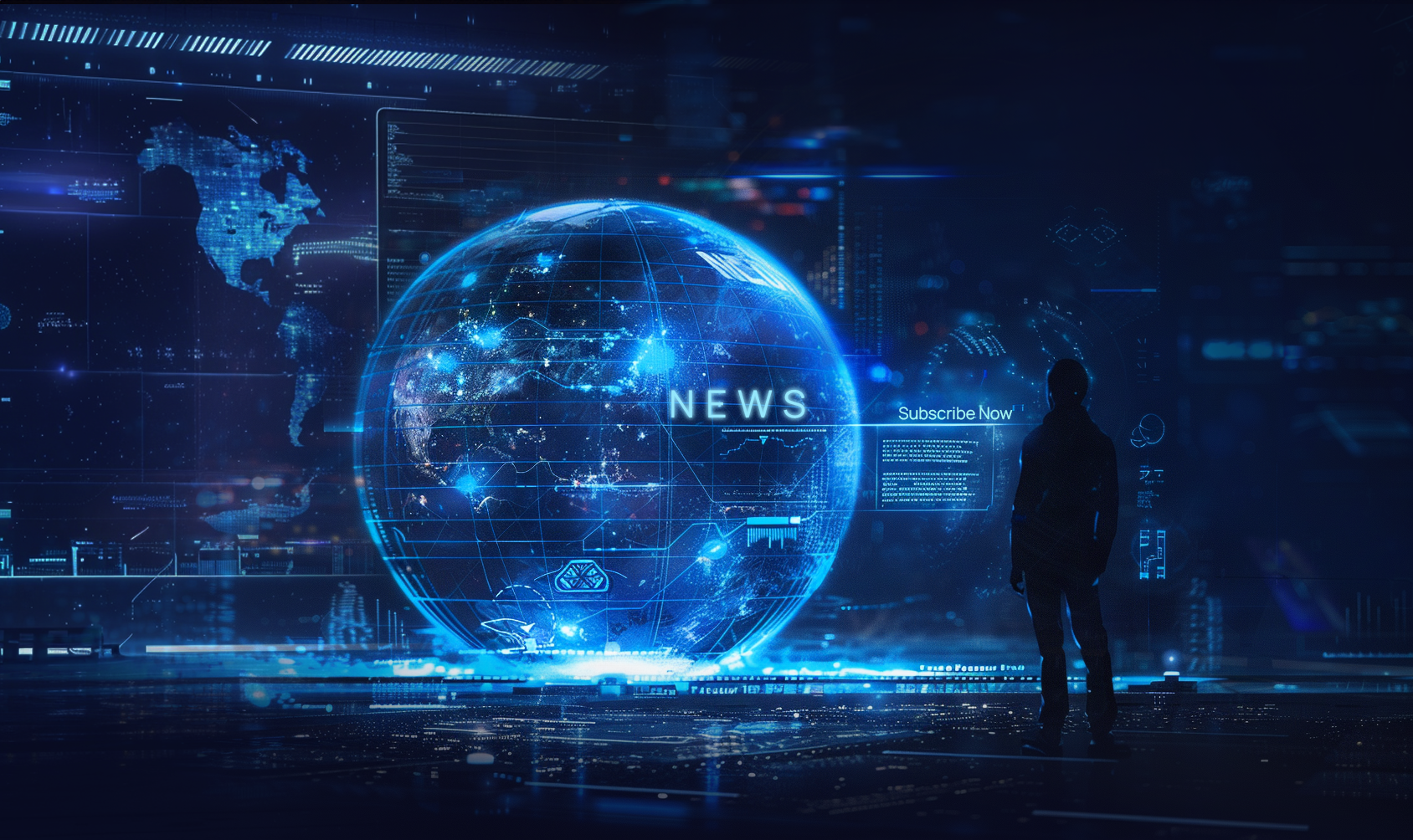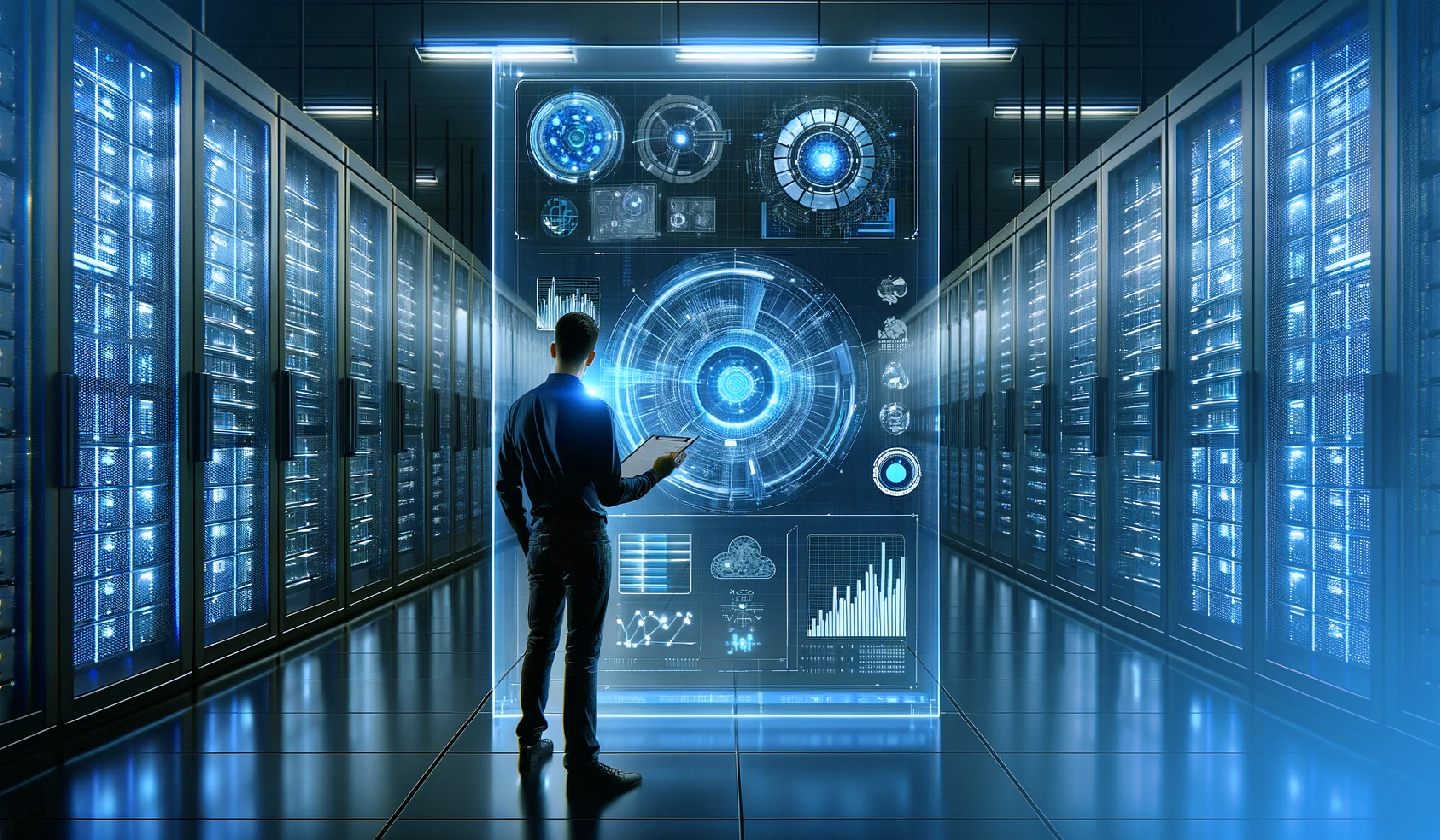Have you ever wondered why we have entered a phase where the physical world is morphing into a digital world where things around us are getting automated, from turning on lights to email replies? All thanks to artificial intelligence (AI) and the internet of things (IoT) that make our lives easier.
With big data playing a crucial role in modern business, it is evident that today’s business world is evolving with the deployment of IoT. IoT helps capture vast quantities of data from multiple sources, making it challenging to collect, process, and analyze data. That’s where AI comes into the picture, which drives IoT analytics to identify patterns with predictions and automated responses.
While IoT connects devices over the internet, AI enables the devices to learn from the data to deliver real-time outcomes. Integrating AI with IoT creates smart machines, which support decision-making with little or no human involvement. Unlike conventional technology, IoT and machine learning (ML) accelerate and improve operational forecasts 10x quicker with greater accuracy.
For instance, Tesla’s Autopilot program uses data from GPS, cameras, SONAR, and more to autonomously transport passengers safely on some of the busiest roads in the world. This is one of the few AI–IoT collaborations that received as much media attention as it has.
IoT has completely changed how organizations run by allowing them to automate procedures, cut costs, and improve customer experiences. The influence of IoT is expected to increase as AI develops, affecting the business environment across various industries. Let’s take a look at some of the use cases across sectors.
Manufacturing
IoT gadgets are used in manufacturing to track production processes and monitor machinery in real time. As a result, businesses can identify and address issues more quickly, increasing productivity and reducing downtime. Data from these devices are analyzed by AI algorithms, making it simpler to forecast maintenance requirements and enhance production procedures.
Data scientists and IT professionals perform simulations on digital twins, which are virtual versions of actual equipment, before the real ones are manufactured and deployed. Digital twins use real-time IoT data to enhance performance using AI and data analytics.
Healthcare
The intersection of IoT and AI has enormous potential for the healthcare sector. IoT devices remotely monitor patients and give medical personnel access to real-time patient health information. AI algorithms can be used to evaluate this data and find patterns and insights into patient health, assisting healthcare professionals in making better choices.
AI-powered personal assistants offer patients medical advice. Additionally, they arrange for patients to consult with doctors immediately, reducing the time and expense of visiting a clinic or hospital.
Retail
Retail firms use IoT devices to monitor inventory levels and consumer activity, delivering essential data about market trends and consumer preferences. AI systems can analyze this data to provide more exciting shopping experiences by offering customers customized recommendations. For instance, smart carts with image recognition capabilities and built-in sensors have display panels on the handle that provide real-time updates on special offers as shoppers browse the aisles.
Logistics
IoT devices can be utilized in the transportation industry to track cargo, monitor cars, and improve delivery routes. AI algorithms are used to analyze and track data to forecast traffic patterns, enhance routes, and reduce fuel usage. Consequently, businesses can reduce transportation costs and manage a sustainable supply chain.
By connecting self-driving cars to warehouses, route planners, and delivery checkpoints, AI and IoT are enhancing logistics operations for organizations. Such measures will ensure that the truck fleets are safer and that the transport process is cost-effective.
Conclusion
The combination of IoT and AI is poised to revolutionize the corporate environment across various industries, as the use cases demonstrate. These technologies help businesses make better decisions, increase efficiency, and improve customer experiences by offering real-time data and insights. AI- and IoT-enabled business models are the way of the future, and organizations that implement these innovations will be the most successful in the years to come.
References
- “How IoT and AI are Revolutionising Healthcare.” (2021, March 22). Forbes.
- “The Impact of IoT and AI on the Retail Industry.” (2021, June 28). Retail Customer Experience.
- “The Impact of IoT and AI on the Transportation Industry.” (2021, August 23). IoT For All.





